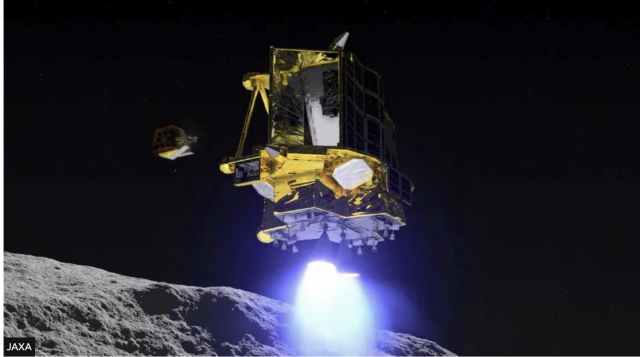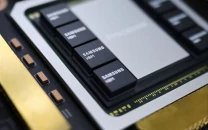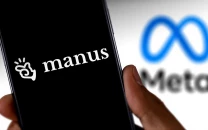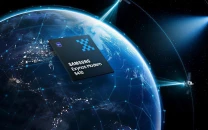Japan's Slim makes soft moon landing, battles solar cell failure
Japan's Slim lands on Moon, facing a solar power crisis that limits mission time and tests JAXA's engineering skills

Japan's robotic lunar mission, Slim, has achieved a successful yet potentially short-lived landing on the Moon due to solar power issues.
Slim, part of the Smart Lander for Investigating Moon project, has made Japan the fifth country to soft-land on the Moon, joining the ranks of the US, Soviet Union, China, and India. However, the mission faces challenges as Slim's solar cells are failing to generate electricity, leaving it dependent on battery power.
Engineers are working hard to extend Slim's operational life, shutting down non-essential systems and downloading images and landing data.
Despite the power problems, Jaxa, the Japanese space agency, is hopeful. They speculate that changes in lunar light angles might reactivate the solar cells. Slim's successful landing, confirmed by ongoing data transmission, was aided by advanced navigation technologies that enabled a precise touchdown near the targeted Shioli Crater.
Slim's mission included deploying two small rovers and using an infrared camera for geological studies. The extent of these studies now depends on the remaining battery life. Jaxa's achievement is notable, given the historically high failure rate of lunar landings.
This success adds to Jaxa's accomplishments, including asteroid landings, and plays into their role in NASA's Artemis program. The mission's precision landing technology is particularly celebrated as a significant advancement in lunar exploration.



















COMMENTS
Comments are moderated and generally will be posted if they are on-topic and not abusive.
For more information, please see our Comments FAQ